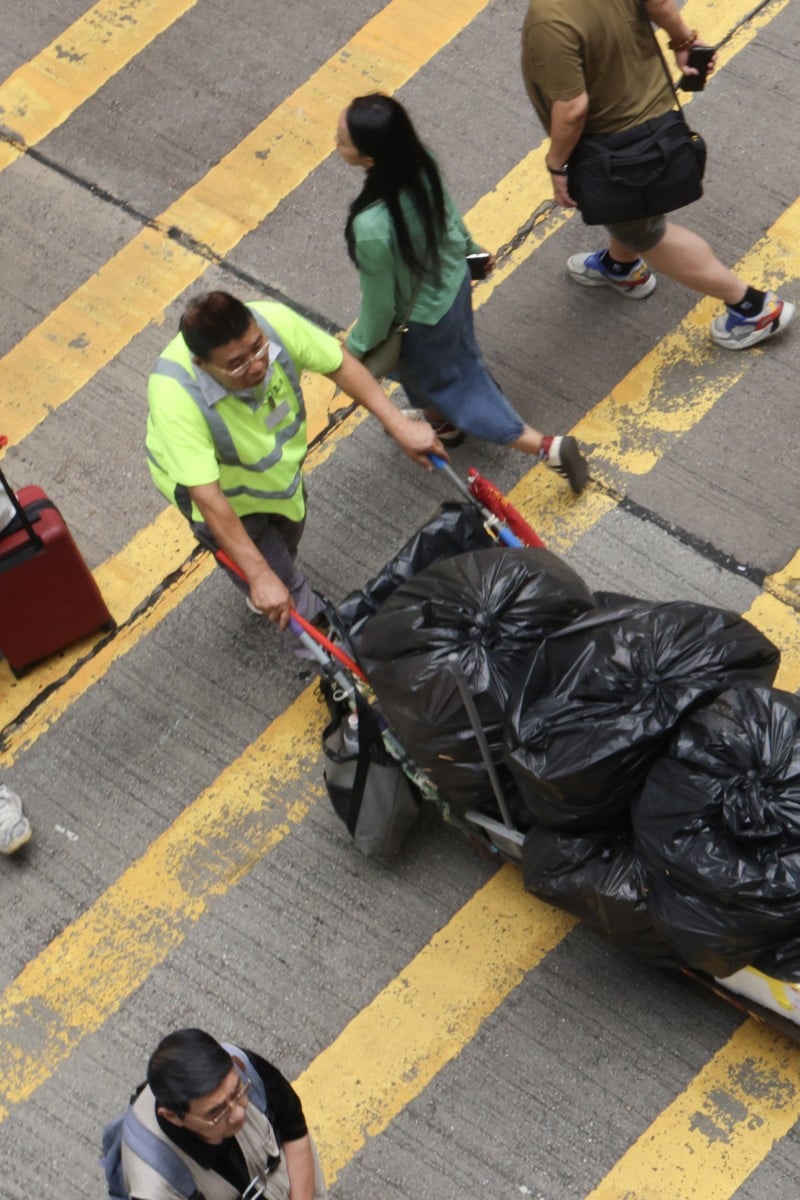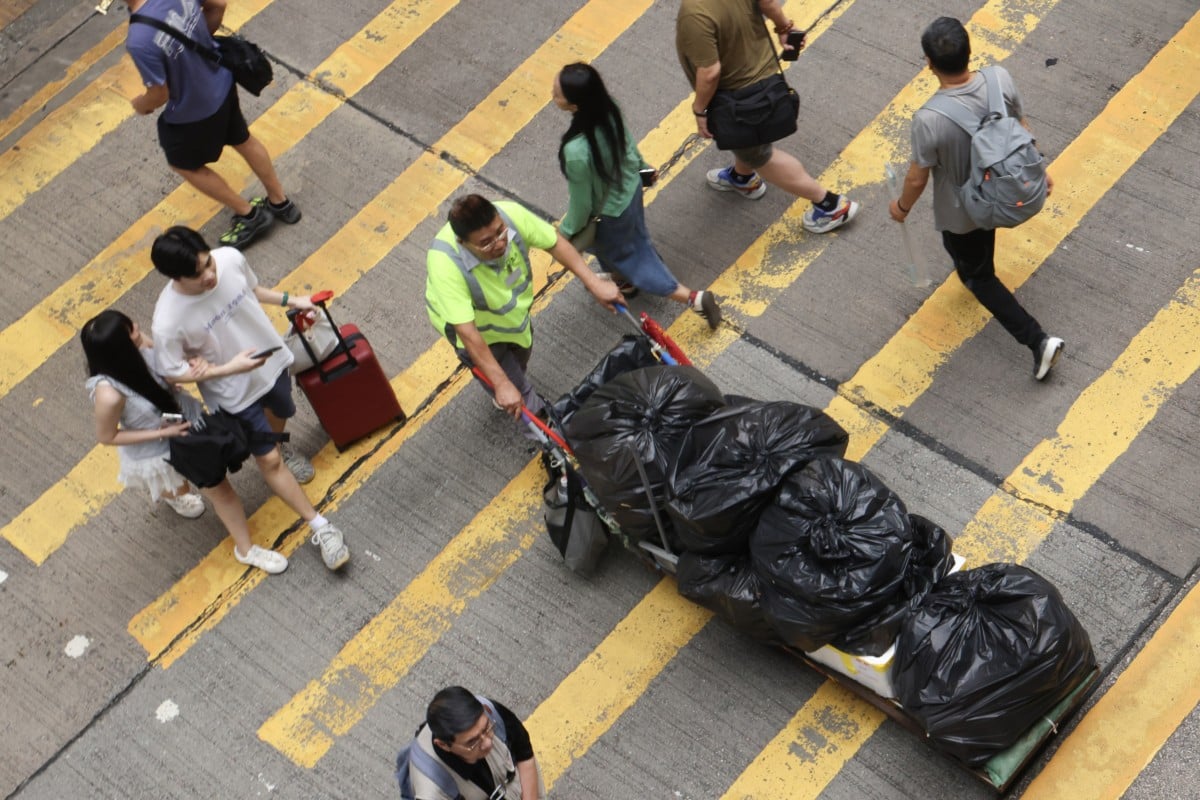
We look at how authorities decided on a minimum wage of HK$42.10 per hour and what it means for workers such as cleaners and security guards
 The Statutory Minimum Wage (SMW) rate has been raised from $40 per hour to $42.1 per hour with effect from May 1. Photo: Jelly Tse
The Statutory Minimum Wage (SMW) rate has been raised from $40 per hour to $42.1 per hour with effect from May 1. Photo: Jelly TseHong Kong’s lowest-paid workers received a small pay rise on Thursday: their hourly wage increased by HK$2.10 (30 US cents), from HK$40 to HK$42.10, following a recommendation adopted by the government’s key decision-making Executive Council.
South China Morning Post took a closer look at the 5.25 per cent increase, the first since a new formula for adjusting the rate was passed last year, and what it means for workers such as cleaners and security guards.
Hong Kong artist, labour rights advocate fired from McDonald’s after calling for mealtime pay
1. How often is the minimum wage raised?
Hong Kong launched a statutory minimum wage in 2011, which was set at HK$28 an hour, with reviews conducted every two years.
The figure rose by 7 per cent to HK$30 in 2013, followed by 8.3 per cent to HK$32.50 in 2015. In 2017, the government raised the wage by 6.2 per cent to HK$34.50.
The most significant increase of 8.7 per cent came in 2019, which pushed the hourly wage floor up to HK$37.50.
In 2023, the city’s lowest-paid workers got a HK$2.50 pay rise per hour – about 6.7 per cent – upon an increase in the minimum wage to HK$40 an hour after a four-year freeze amid the Covid-19 pandemic.
The 42.9 per cent increase from HK$28 in 2011 to HK$40 in 2023 fell short of the accumulated 44.7 per cent inflation during that time.
2. What is factored into the formula?
Under a new mechanism, the annual adjustment rate is the consumer price index (A) plus 20 per cent of the difference between the latest real gross domestic product growth and the trend growth in the past decade, subject to a cap of 1 percentage point. If the formula produces a negative number, the minimum wage will be frozen.
The index reflects changes in the cost of consumer goods and services generally bought by households. Index (A) relates to about 50 per cent of households, which are in the relatively low expenditure range.
Secretary for Labour and Welfare Chris Sun Yuk-han previously said the benefit of the new formula for workers on the minimum wage was that their salaries would not be reduced.
The formula also gave employers an estimate of how much to add to their workers’ salaries.
5 books about Hong Kong to help you understand our home city’s past and present
3. Will the formula benefit those in need?
Legislator Lam Chun-sing, chairman of the Federation of Hong Kong and Kowloon Labour Unions, considered the formula “a big step forward”, but said it still was not enough for low-paid workers to share the fruits of economic progress.
“This formula could just about help workers meet the pressures of inflation, but it’d seem more difficult to improve their livelihood,” Lam said, adding that the formula could be reviewed every few years.
On Thursday, Deputy Chief Secretary for Administration Warner Cheuk Wing-hing noted that the minimum wage level would now be reviewed annually rather than every two years, which he said could better protect the incomes of the underprivileged.
4. How far does HK$42.10 actually get you in the city?
One of the ways Hongkongers travel across the border for their weekly cheap eats and shopping is via the MTR, where a trip from Central to Lo Wu will set you back HK$52.20 if you use an Octopus card.
A double cheeseburger combo at McDonald’s will cost you HK$42, while a Filet-O-Fish meal is priced at HK$41, but you will need HK$2.40 more to get a Big Mac combo.
A dozen fresh large brown eggs at ParknShop cost HK$18, and HK$16.50 gets you two 236ml (8 ounces) cartons of full milk.